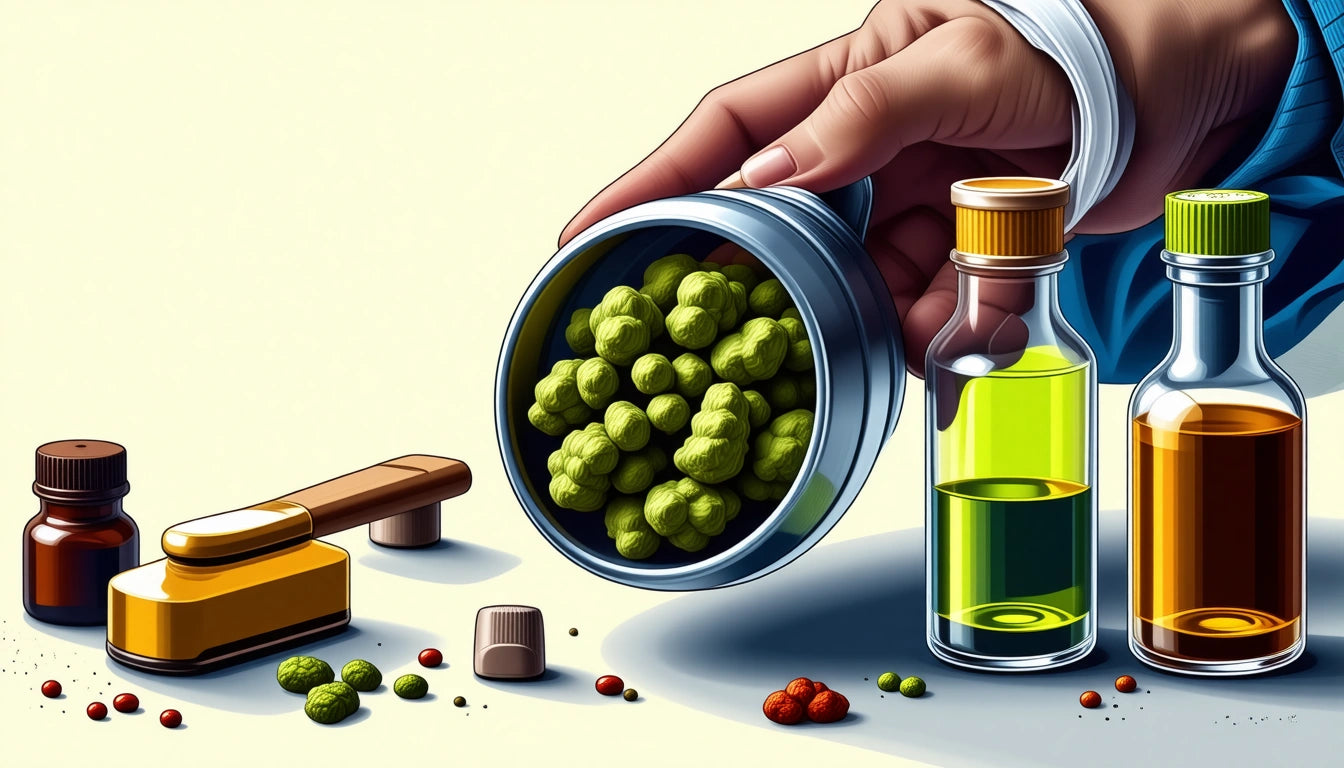Table of Contents
The cannabis industry faces unique challenges when it comes to packaging waste. With strict regulatory requirements for child-resistance, tamper-evidence, and product protection, cannabis packaging often involves multiple materials that can confuse consumers about proper disposal methods. Educating your customers about how to recycle or dispose of packaging isn't just environmentally responsible, it's becoming a competitive advantage in an increasingly eco-conscious market.
Importance of Packaging Disposal Education
Cannabis packaging waste has become a significant environmental concern. According to industry estimates, millions of plastic containers, tubes, and child-resistant caps and lids enter the waste stream annually from legal cannabis sales alone. Without proper consumer education, even recyclable or compostable packaging often ends up in landfills.
Research indicates that consumers are increasingly making purchasing decisions based on sustainability factors. Consumer demand for eco-friendly packaging continues to grow, with many willing to pay premium prices for products with responsible end-of-life solutions.
Understanding Cannabis Packaging Materials
Common Materials and Recyclability
Before educating consumers, brands must understand their own packaging components. Common cannabis packaging materials include:
- HDPE and PET plastics (often recyclable)
- Glass containers (highly recyclable)
- Mylar bags (typically not recyclable)
- Silicone components (generally not recyclable)
- Paperboard and cardboard (recyclable but may be contaminated)
- Bioplastics (varying degrees of compostability)
Understanding the difference between compostable and recyclable materials is crucial for accurate consumer guidance. While recyclable materials can be processed through conventional recycling streams, compostable items often require industrial composting facilities that aren't available in all regions.
Identifying Sustainable Options
When selecting packaging, prioritize materials that align with local recycling capabilities. Eco-friendly materials such as hemp-based plastics, reclaimed ocean plastic, and post-consumer recycled content offer improved end-of-life outcomes while supporting positive brand perception.
Effective Consumer Education Strategies
Clear Labeling Practices
On-package communication is your first opportunity to educate consumers:
- Include clear recycling symbols that correspond to specific components
- Provide step-by-step disassembly instructions when necessary
- Use simple language and visual cues to indicate recyclability
- Specify when industrial composting is required for bioplastics
Avoid vague environmental claims that could be perceived as greenwashing. Instead, be specific about which components can be recycled and under what conditions.
Digital Education Tools
Extend your educational efforts beyond the physical package:
- Create dedicated sustainability pages on your website
- Develop QR codes linking to disposal instructions
- Share educational content through social media
- Send post-purchase emails with recycling reminders
- Create short video tutorials for complex packaging
Digital tools allow for more detailed information than what fits on a package label, including updates about local recycling programs and new sustainability initiatives.
Implementing Take-Back Programs
Take-back programs offer a direct solution to packaging waste while building customer loyalty. Reusable packaging programs are gaining traction in the cannabis industry, with some dispensaries offering discounts for returned containers.
When implementing a take-back program:
- Train staff to explain the program to customers
- Create clear incentives for participation
- Develop sanitization protocols for reusable items
- Partner with recycling specialists for materials you can't process
- Track and share the impact of your program
While these programs require investment, they can significantly reduce your environmental footprint while creating meaningful customer engagement opportunities.
Balancing Compliance with Sustainability
Cannabis packaging faces strict regulatory requirements that can sometimes conflict with sustainability goals. Balancing compliance and sustainability requires creative solutions and consumer education.
For example, child-resistant mechanisms often involve multiple materials or components that must be separated before recycling. Educating consumers about how to properly disassemble packaging before disposal can significantly improve recycling rates.
Consider how regulations impact sustainable packaging viability in your market, and be transparent with consumers about these challenges while demonstrating your commitment to finding solutions.
Measuring Impact and Communicating Success
To validate your educational efforts, implement systems to measure their effectiveness:
- Track take-back program participation rates
- Survey customers about their disposal behaviors
- Monitor changes in your packaging carbon footprint
- Document waste diversion statistics
Share these metrics with consumers to demonstrate your commitment to sustainability. Brands winning with eco-friendly packaging consistently communicate their environmental impact in authentic, transparent ways.
Educating consumers about proper packaging disposal is an ongoing process that requires commitment across your organization. By providing clear instructions, implementing supportive programs, and measuring results, cannabis brands can reduce their environmental impact while building stronger relationships with increasingly eco-conscious consumers.











Leave a comment
All comments are moderated before being published.
This site is protected by hCaptcha and the hCaptcha Privacy Policy and Terms of Service apply.